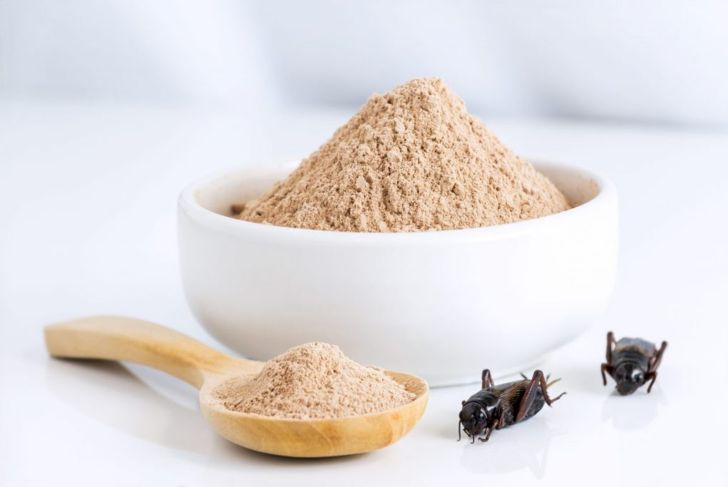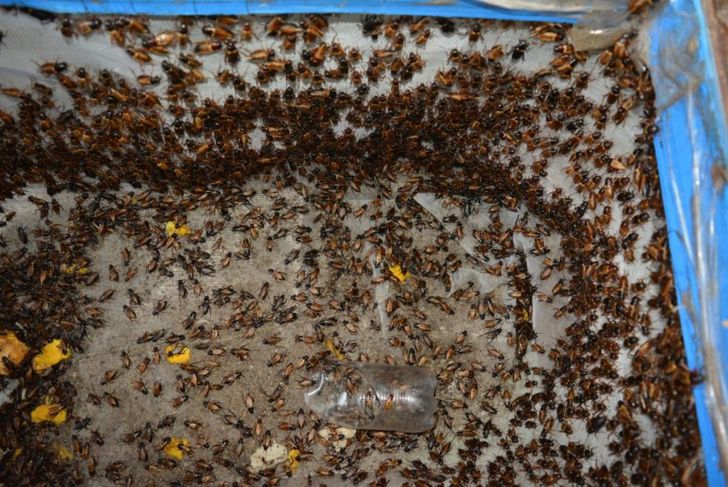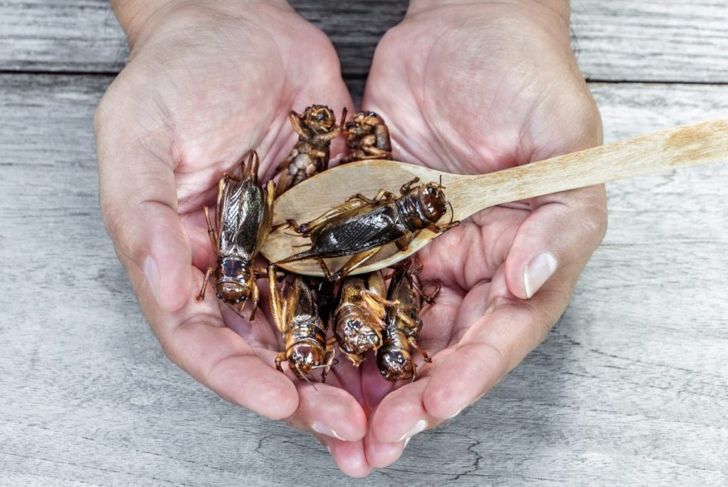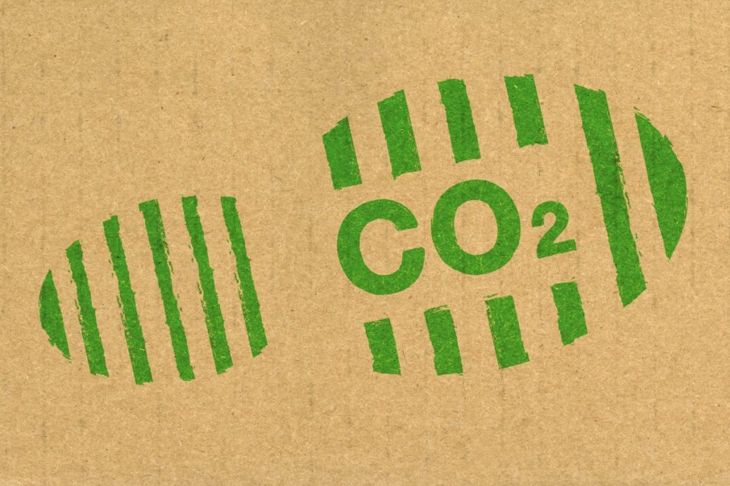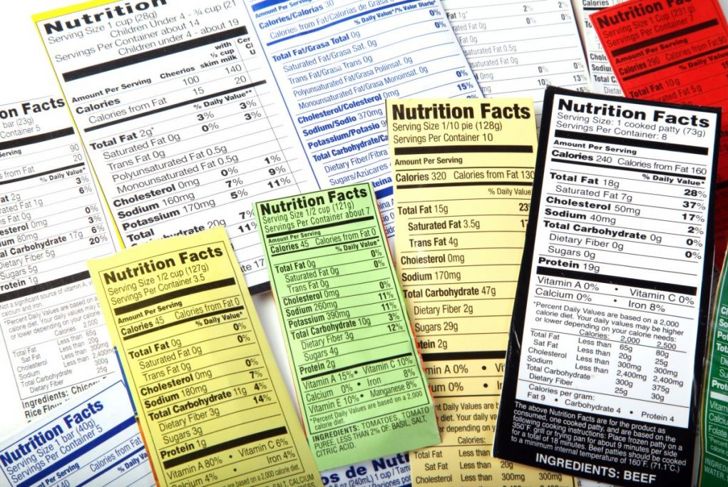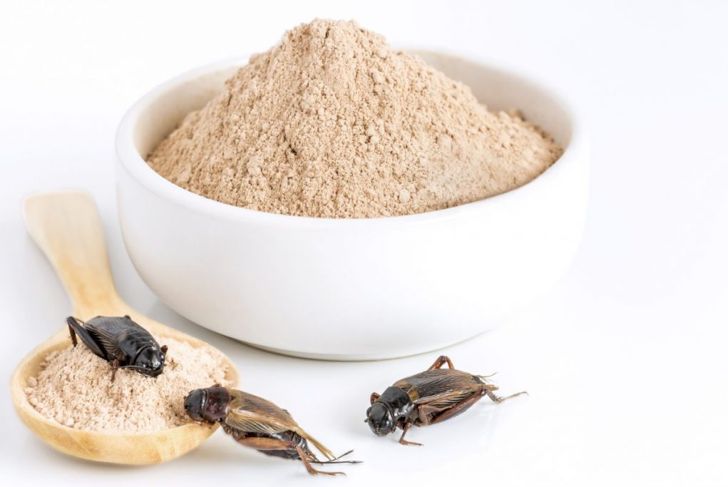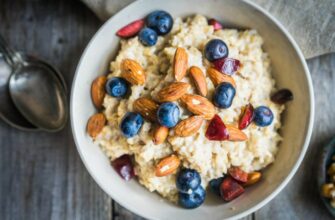The idea of ingesting insects may bug you, but edible critters are catching on in the West as a viable food option. The FDA has long approved the use of bug extracts as colorants in candies and milkshakes. Now, crickets are showing up in powdered form on grocery shelves for use in snack bars and baked goods, where they add a copious supply of nutrients and bulk. Cricket flour, also called cricket protein powder, packs a powerful punch of sustainable, health-enhancing benefits.
How Is Cricket Flour Made?
Cricket flour is simply the milled remains of whole crickets. The FDA approves crickets for human consumption if the raising and processing of insects meet sanitary guidelines. The insects are raised on domestic farms and frozen before harvesting, then roasted and ground. The resulting powder is soft like flour, with a dark brownish hue.
Where are the Crickets Raised?
Cricket farms exist in many countries: Thailand, Central America, Canada, the United States, Mexico, and others. The insects are typically processed at or near the farms. Many cricket farms are local, artisanal startups. Farming insects for food is still new, and legislators are working to devise universal standards.
How Did This Trend Start?
Humans have been eating insects for thousands of years, and many cultures still consider them a staple or even a delicacy. However, Western culture has long held a deep aversion toward the critters; considering insect consumption alien or primitive. The prominence of sedentary agriculture and industrialization drew people from naturally derived foods such as insects towards favoring domesticated and processed food products.An Ecology of Food and Nutrition study published in 2014 discovered that education and opportunities to sample insect foods could help change people’s attitude about eating insects. Other market drivers are upping the demand for cricket flour. Declining seafood resources, disease-transfer risks, sustainability concerns regarding meat sources, and dietary trends encourage this move to favor edible insect options. The approval of popular fitness and health experts also prompts demand for products such as cricket flour.
Are People Really Buying Powdered Crickets?
In 2017, experts estimated the market for edible insects flour was almost $20 million. Research firm Global Market Insights expects the demand for crickets and other edible insects to spike over 40 percent annually up to 2024, as more consumers seek high-protein and gluten-free diet options. Cricket flour is quickly becoming an accepted and highly praised food source.
What Are the Environmental Benefits of Cricket Flour?
Cricket flour advocates appreciate the sustainability of crickets as a food source. Crickets leave a miniscule eco-footprint compared to cattle, pork, and poultry. The insects require just ten percent of the water and 16 percent of the feed to produce the same amount of protein as beef. This means the cost to the environment is significantly lower for insects than larger animals. The insects also emit at least 80 percent fewer greenhouse gases than livestock, so they contribute considerably less to climate change.
Can Cricket Flour Impact Food Security?
The Food and Agriculture Organization of the United Nations (FAO) asserts that insects such as crickets hold the immense promise of alleviating food security issues around the world. A host of research indicates crickets are highly nutritious, eco-friendly, and sustainable. Making cricket flour leaves no waste, as it requires processing the whole insect.
How Nutritious is Cricket Flour?
Cricket flour easily qualifies as a superfood. It is a complete protein containing all nine essential amino acids. The flour provides almost three times as much protein as steak and two times that of poultry. High-protein foods contribute to weight management, enhanced muscle mass, normalized blood glucose levels, and improved heart and brain health.A government study shows cricket flour carries an abundance of vitamins, minerals, and essential fatty acids, which are more bioavailable than those in meats. A serving of two tablespoons provides:
- 7 grams of protein,
- 2 grams of fat,
- 23 percent DV of vitamin B2,
- 17 percent DV of vitamin B12,
- 4 percent DV of iron, and
- 2 percent DV of calcium.
How Does Cricket Flour Taste?
People who try cricket flour describe its flavor as nutty with a slight earthy taste. The flour also imparts undertones of raw cocoa and umami. Participants in a Consumer Reports taste test of six different flavors of cricket flour protein bars all affirmed that the flour has no distinctive taste when mixed with other ingredients.
How Do I Cook with Cricket Flour?
Cricket flour has no gluten to bind your baked products so it cannot totally replace flour in baking. The results you obtain may depend on the brand and what other ingredients you use with your cricket flour. Substitute one-eighth to one-fourth measurement of cricket flour for your regular flour. For smoothies, start adding one tablespoon to boost protein content.
Are There Any Risks?
Experts advise against harvesting crickets from the wild because their exposure to contaminants is unknown. Seek a reputable source for cricket flour, and check the ingredient list for fillers that you may not want. Add this food in small increments to your diet, noting how your body responds to it. People who have sensitivities to insect bites and stings should exercise caution.

 Home
Home Health
Health Diet & Nutrition
Diet & Nutrition Living Well
Living Well More
More